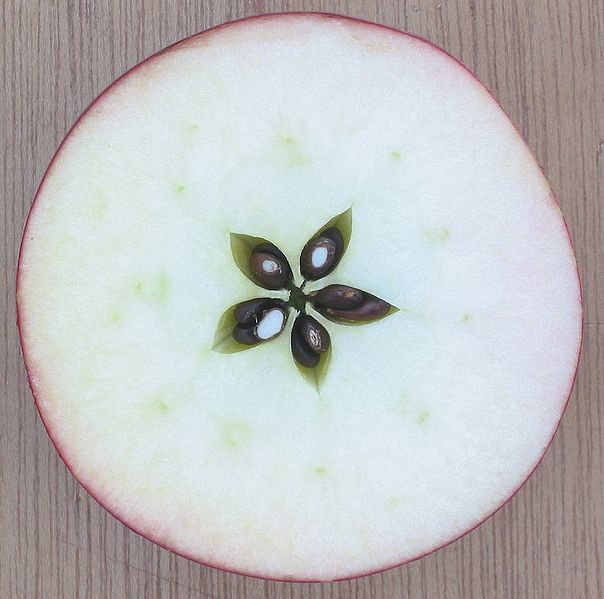The science of symmetry - Colm Kelleher
718,639 Views
5,709 Questions Answered
Let’s Begin…
When you hear the word symmetry, you might think generally of triangles, butterflies, or even ballerinas. But defined scientifically, symmetry is “a transformation that leaves an object unchanged.” Huh? Colm Kelleher unpacks this abstract term and explains how animals' distinct symmetries can tell us more about them -- and ourselves.
Additional Resources for you to Explore
Nature shows some incredibly intricate and surprising design elements in it's vast and breathtaking ecosystems. One of those design elements is indeed symmetry. But what do those elements have to do with our daily lives as human beings? In this inspiring talk about recent developments in biomimicry, Janine Benyus provides heartening examples of ways in which nature is already influencing the products and systems we build.
It is said that symmetry is beautiful. But is that always the case? What else is beautiful? How do we (and how should we) respond to beauty? A story, a work of art, a face, a designed object — how do we tell that something is beautiful? And why does it matter so much to us? Designer Richard Seymour explores our response to beauty and the surprising power of objects that exhibit it.
The images and text below are from this Wikipedia article on symmetry in biology.
As in the ones below, many viruses have radial symmetries, their coats being composed of a relatively small number of protein molecules arranged in a regular pattern to form polyhedrons, spheres, or ovoids. Gastroenteritis viruses: A rotavirus, B adenovirus, C norovirus, D astrovirus.

Apple cut horizontally, showing pentamerism.

Below, Volvox is a microscopic green freshwater alga with spherical symmetry. Young colonies can be seen inside the larger ones.

Below, the flower of bee orchid, Ophrys apifera is bilaterally symmetrical (zygomorphic). The lip of the flower resembles the (bilaterally symmetric) abdomen of a female bee; pollination occurs when a male bee attempts to mate with it.

About TED-Ed Animations
TED-Ed Animations feature the words and ideas of educators brought to life by professional animators. Are you an educator or animator interested in creating a TED-Ed Animation? Nominate yourself here »
Meet The Creators
- Educator Colm Kelleher
- Director Andrew Foerster
- Artist Sarah Pedro
- Script Editor Emma Bryce
- Narrator Colm Kelleher





